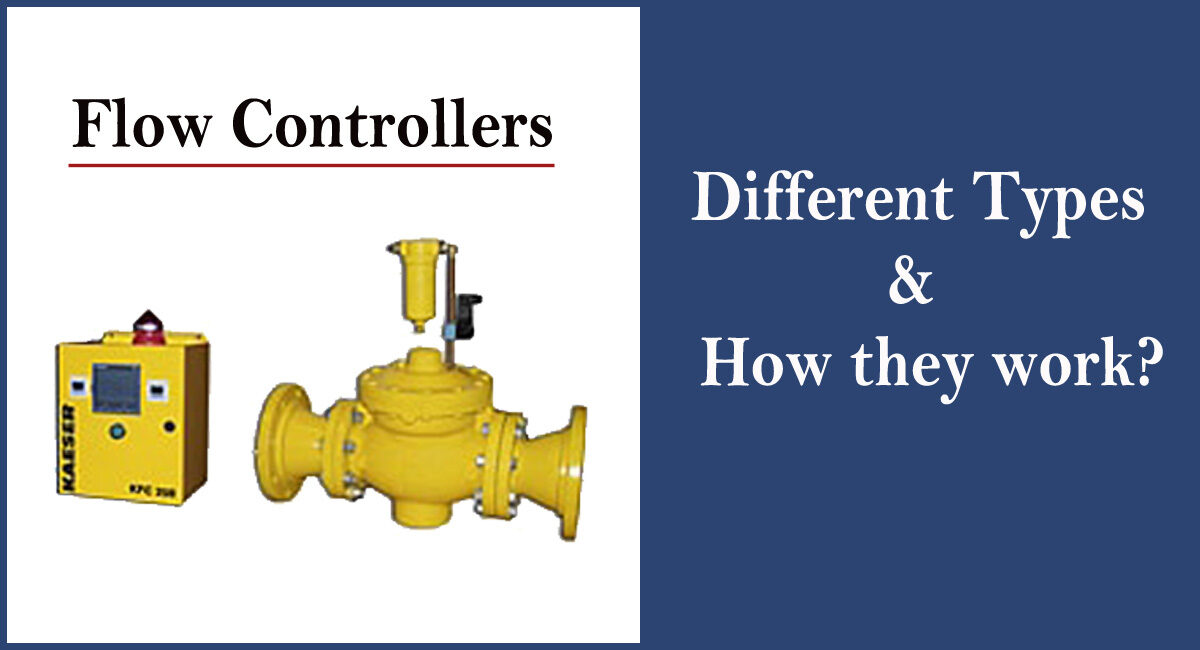The term flow controllers refer to the electric devices that are used to monitor and maintain the flow rate of liquids. These devices are widely used in liquid flow systems. The prime use of these devices is in collaboration with pumps and valves. The sole purpose of a flow controller is to provide better control of fluids flowing. These devices gauge the volume of the liquid inside the pipes and send signals to the control valves. The valves are operational to set on/off to control the excess flow of water. There are different types of flow control valves available. Their working is different and suitable to use in various industrial applications. So, in this post, you will get to know the types of flow control valves.
Gate valves
These are the commonly used flow control valves in households as well as industries. These devices are capable of working with different fluid temperatures and pressure. Mostly, the application of these valves is suitable for high-temperature and high-pressure applications. These valves can be used manually to shut and resume the flow of liquids. These valves work by insertion of the block into the path of liquid flow. Generally, a hand-operated wheel is mounted on top of the valve that can move in a round shape to shut the valve. It can stop the flow of water when required and can resume it fully with the opening. However, it is not suitable in the case of thick and semi-liquid fluid.
Pinch valves
These are reliable valves that can completely shut off the flow of fluids. Upon getting the signal from the flow controller, you can use these valves to control liquid flow. They use the pinching effect to obstruct the flow of liquids. The best thing about these valves is they are suitable for thick liquids as well that has suspended solids. If you want to get 100 percent tight control of liquids, these valves are optimum. These valves work by employing an elastic hose and device that is connected to the body. The valve obstructs the flow as soon as there is a high-pressure air supply in the body. Unlike gate valves, these devices can also trap the small particles in the liquids. Industries like food and beverages, chemical, and wastewater use these valves extensively.
Globe valves
These are also reliable flow control valves that work to block and resume the flow of liquids. They can also work to regulate the flow of liquids. The working principle of these valves is simple. They are equipped with a seat that is in the middle of the valve. When the paddlewheel flow meter sends the signal to the valve, it can lower the disc of the pipe to block the flow. You can turn the handle of the valve manually or use an actuator. As you turn the handle on, it will lower the disc to obstruct the flow. Similarly, as you turn the valve off, it will raise the disc to resume the flow. It is a general-purpose valve that can work with high-temperature applications. These are reliable valves to control the flow of liquids and also come with a partial liquid obstruction feature.
Diaphragm valves
These valves are also widely used in industries such as electronics, paper, power, and water purification, etc. These valves are specially used for throttling services. They are mainly suitable for acidic liquids and can be used in low pressure and temperature. These valves work with the help of a rubber diaphragm that moves up and down to obstruct the flow. They can cause opening and closing against the hard seat to stop and resume the fluid flow. Their working is suitable with a paddlewheel flow meter.
The Final Words
A flow controller is an important industrial application that can prevent the excess flow of water. It can work seamlessly to obstruct the flow using valves. The use of valves can vary for different industrial environments.


